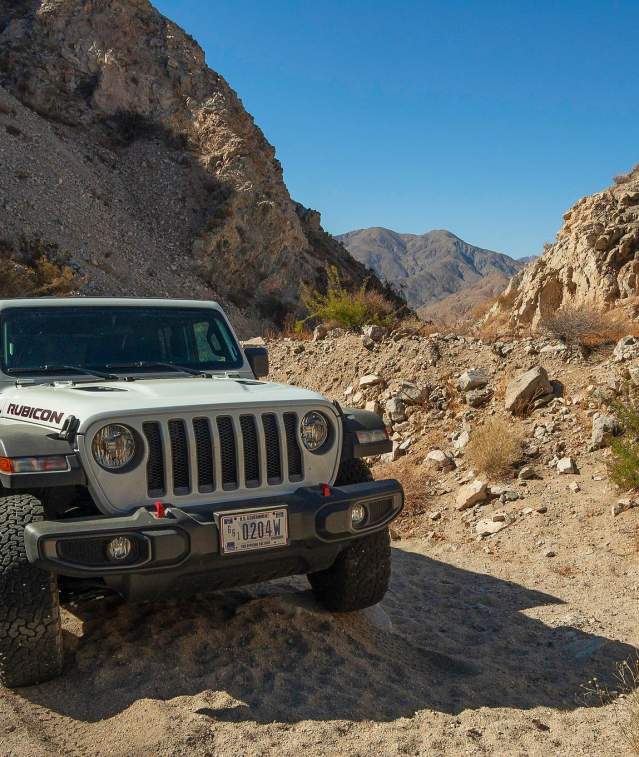Sustainable recreation and protection of cultural and natural resources have been significant issues for Joshua Tree National Park even before its designation as a national monument in 1936. In fact, Minvera Hoyt was motivated to preserve the area out of concern that increased automobile use was threatening the desert and its unique vegetation. The conservation issues that challenged early 20th century environmentalists are similar to the ones the park faces today. As visitation rapidly increases each year, instances of illegal off-highway vehicle incursions are increasing. These incursions have serious consequences on the park’s natural and cultural resources.
Things you should know before traveling on backcountry roads in Joshua Tree National Park:
-Joshua Tree National Park is covered in cryptobiotic soil, which holds the desert in place. It absorbs rainwater and is a source of nitrogen and organic matter that other life in the park depends on. It takes 5-7 years for it to even start to grow back. (https://www.nps.gov/jotr/learn/nature/cryptocrusts.htm)
-Illegal off-roading can introduce invasive plants through your car tires, which can carry invasive seeds or spores. The damage is further exacerbated because disturbing natural vegetation can encourage invasive species to spread rapidly.
-Joshua Tree National Park is rich with human history dating back to the 1500s. If you drive off an established route, you could disturb a cultural site that potentially holds important and fascinating information regarding the area’s cultural and natural resources.
-Driving off the legal route encourages other drivers to follow your path, causing even more damage from repeated use.
-If you want to pull over to take a photo or explore, make sure to pull over in an established pullout, which will be paved or lined with boulders.
-Illegal off-roading can put your safety at risk. Unestablished routes may have difficult 4WD terrain you are unprepared for.
-No one expects to run into trouble while off-roading, but sudden rainfall, an unexpected injury, car troubles could turn a fun drive into a crisis. Always be prepared for the worst case scenario.
-If you drive off the legal route and get stuck, it is unlikely that anyone would find you. There is little cell service in the park, particularly in remote areas where off-roading is most common.
-Stay with your vehicle if you get stuck. It may be your first impulse to search for help, but the people searching for you are much more likely to find your vehicle before they find you wandering alone in the desert.
-If you plan to use one of the park’s many legal 4WD routes, tell people where you’re going and when you plan on returning. Carry multiple forms of communication, such as a personal locator beacon in addition to your cell phone.
-Unauthorized off-road driving can incur you a $180 fine for each instance.
Learn more at: www.nps.gov/jotr/planyourvisit/backcountry-roads.htm
